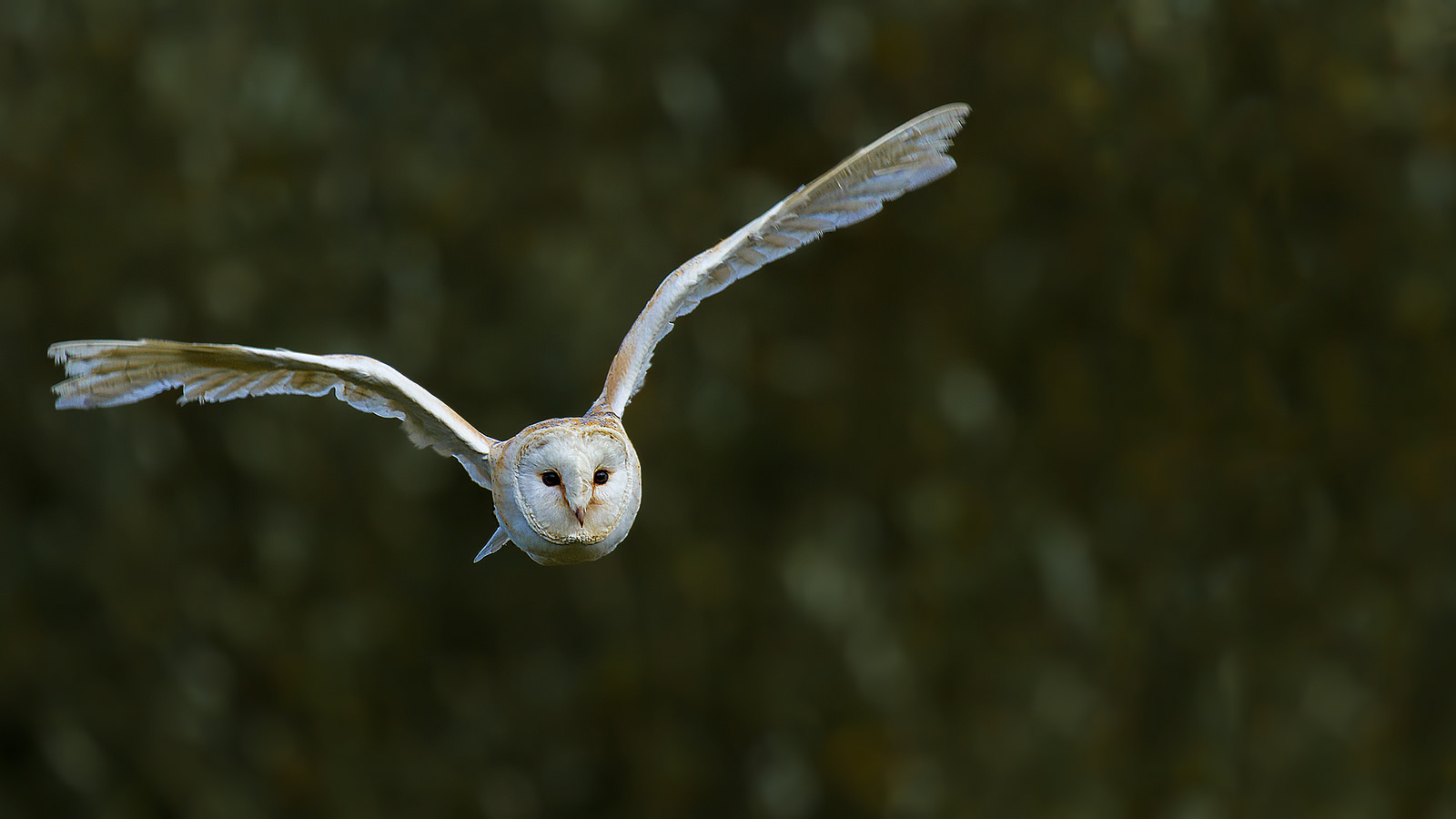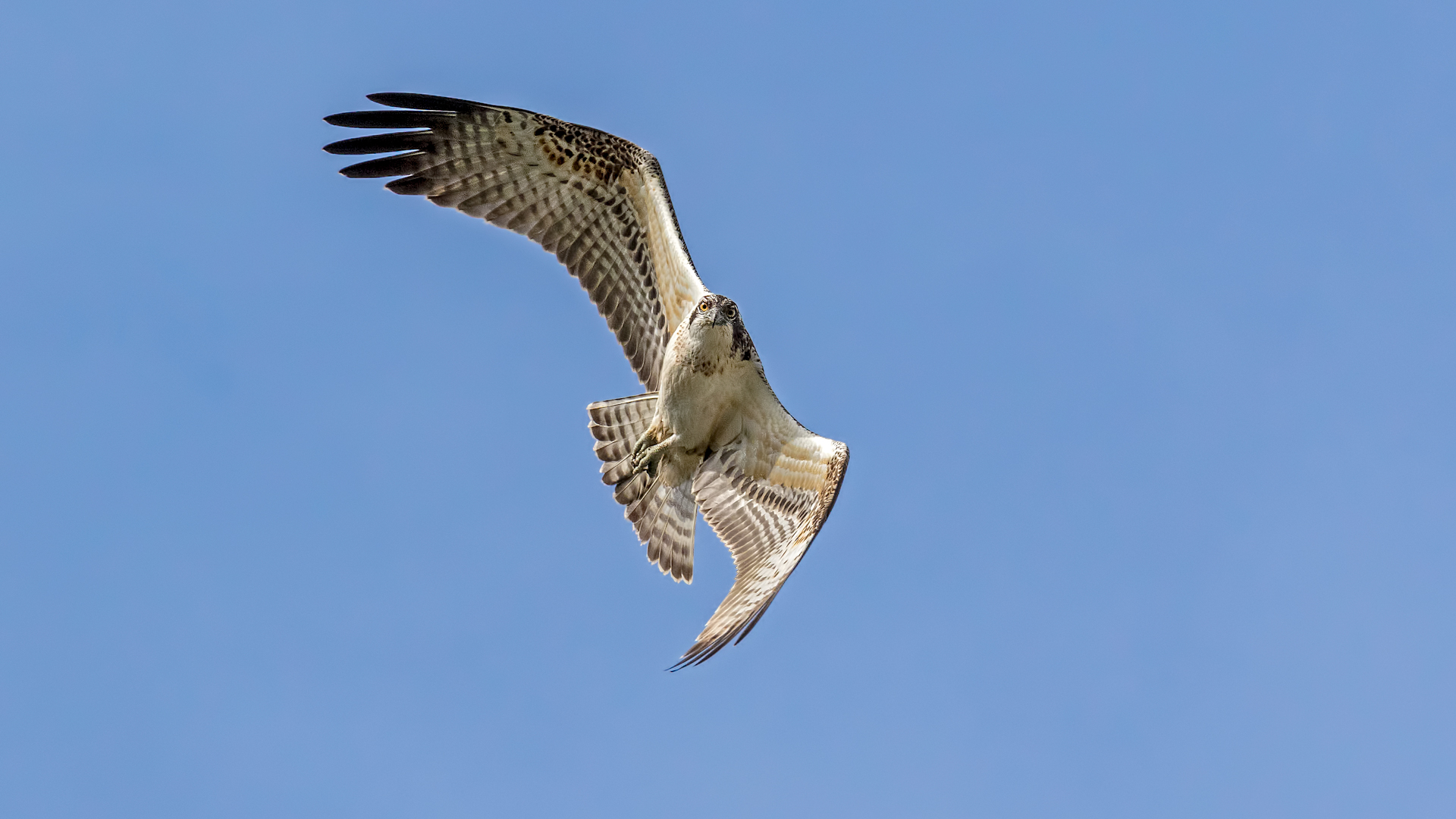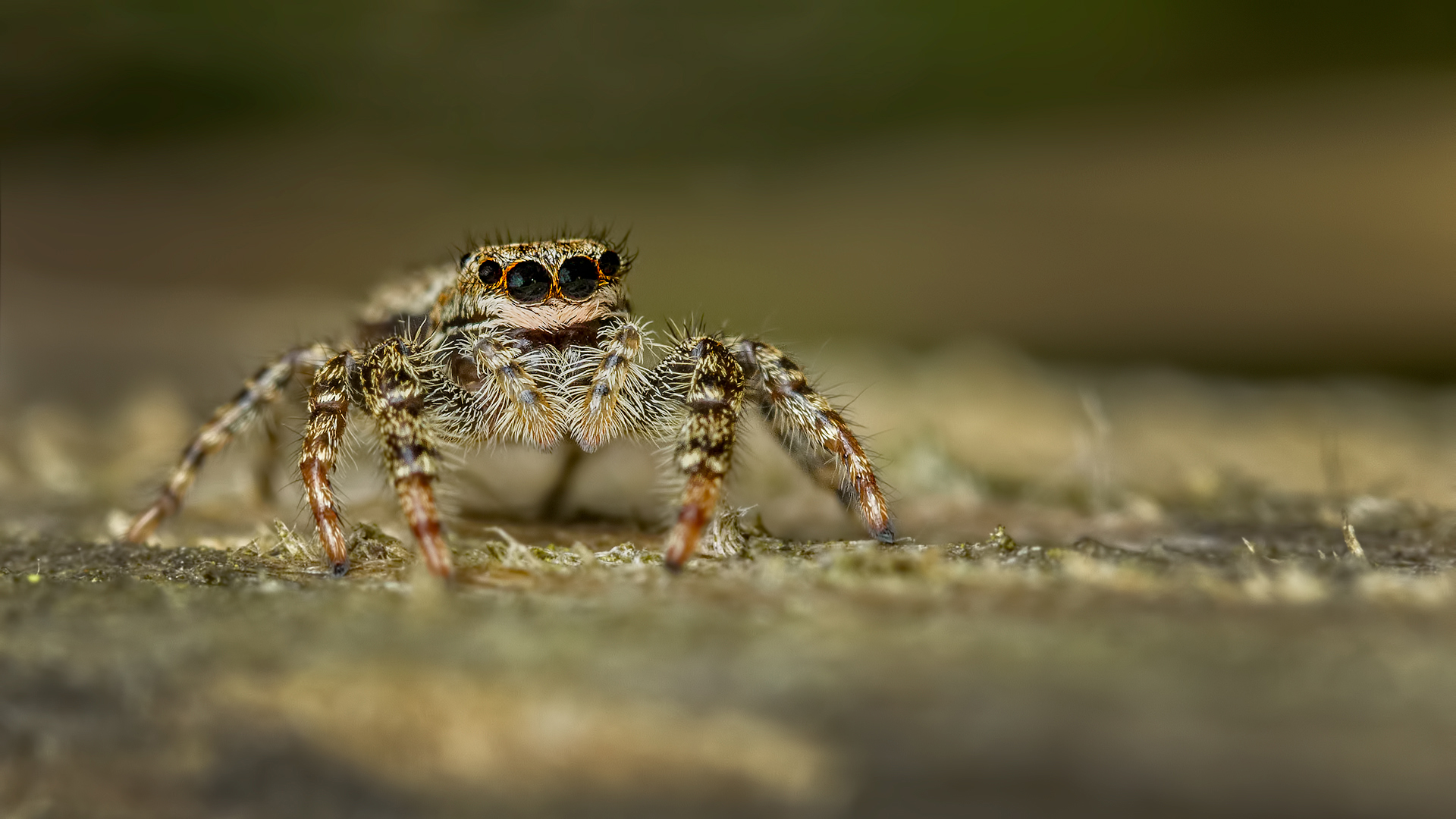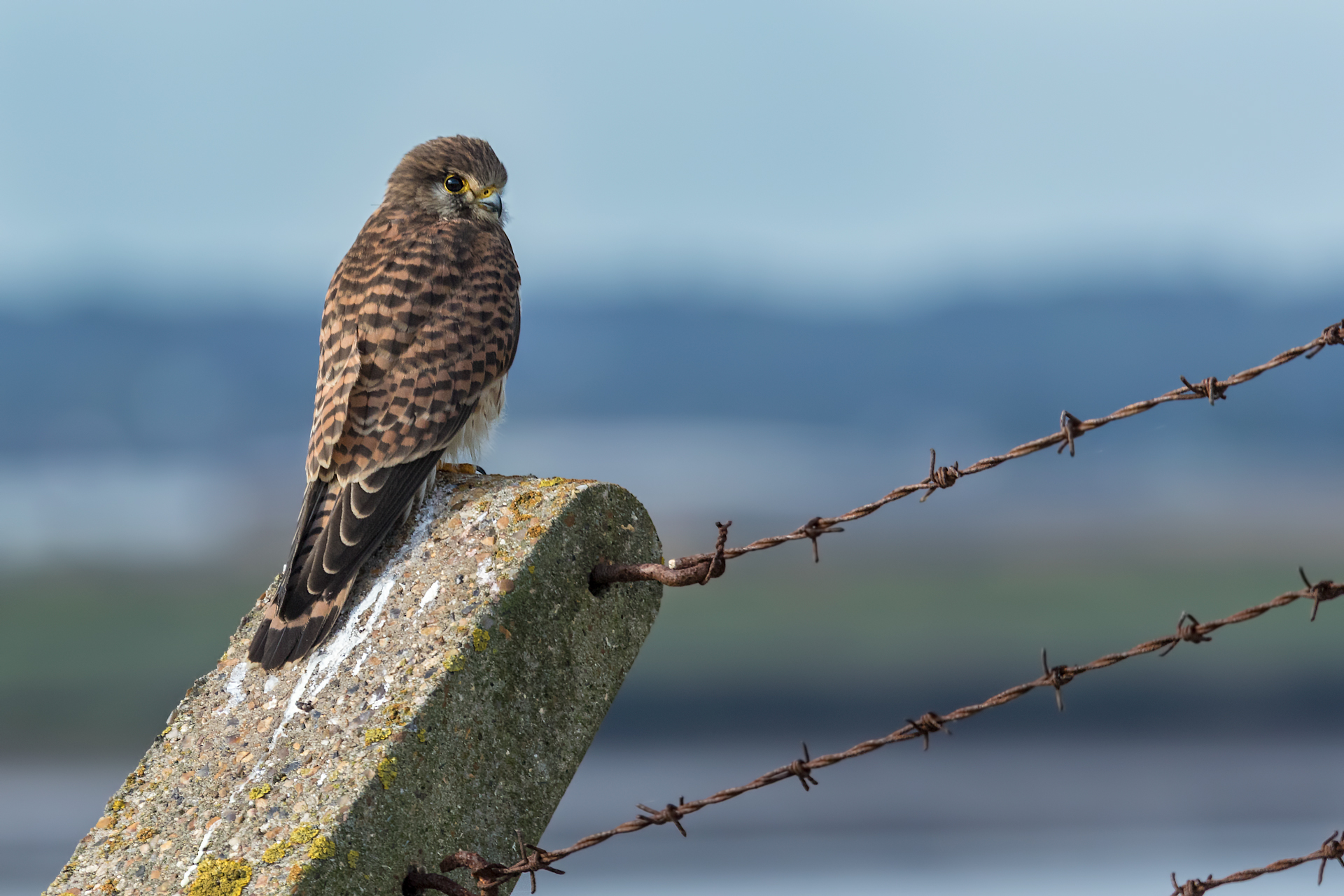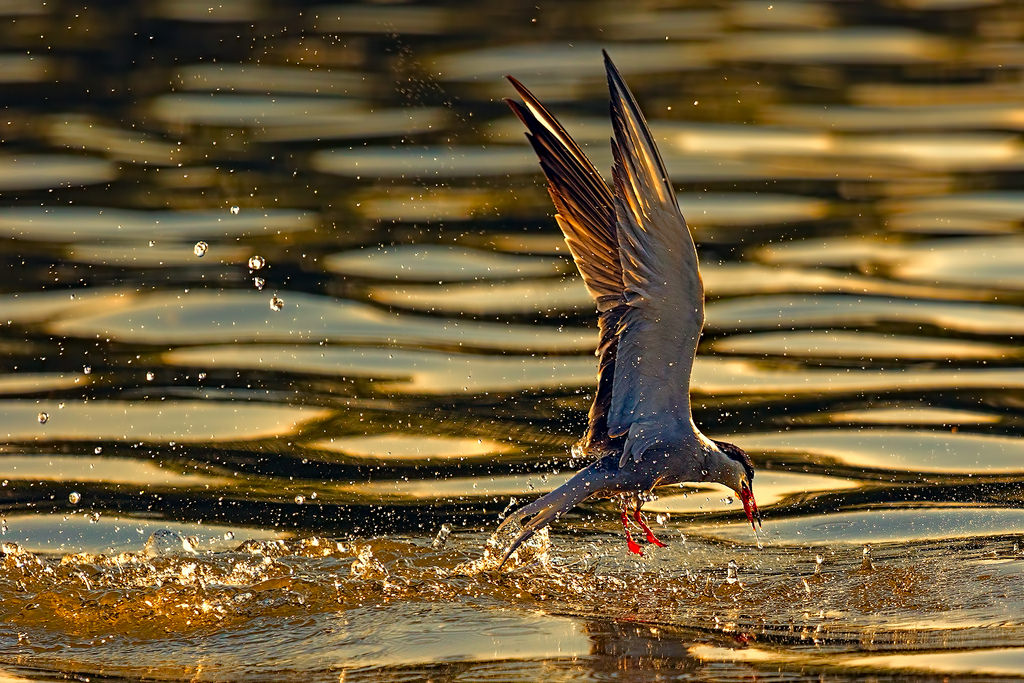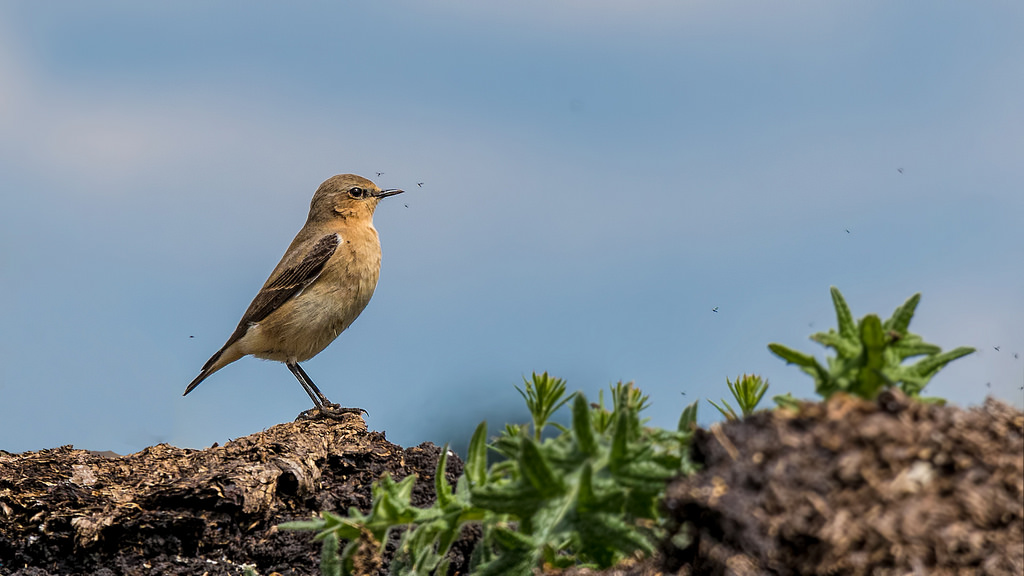Everyone loves an owl, we all see them in zoos, wildlife sanctuaries and even bought to schools for education purposes. At night we may even hear the sound of Tawny Owls calling. In the wild however very few of us have seen them, let alone photographed them. It has only been in the last 4 years where I have had the opportunity and time to spend photographing them in the wild. On the plus side they are relatively slow and large. On the downside numbers of all species are dropping, they often fly at night and are quite secretive so photographing them is far from easy.
To our friends in parts of America, the sight of an Osprey seems nothing special. In fact, chatting to one such USA based photographer I discovered he has one large lake near to his home where 300 pairs nest around its shores. To put that into context, that is more on one lake than the whole of the UKs breeding population, most of which are in Scotland. Even in Scotland they became extinct as a breeding species in 1916 only returning as a single breeding pair in 1954.. Here in Southern Britain they became extinct in 1847 but as numbers were successfully rising in Scotland a relocation programme begun in 1996 introducing birds to Rutland Water. It took until 2001 before Ospreys finally bred at Rutland, the first in England for over 150 years. Three years later Wales also joined the fray as the return of the Osprey gathered pace. 2015 was a special year at Rutland as they celebrated their 100th hatched chick. This brings the average UK summer population to 250-270 pairs.
As a kid spiders held no fear for me, I would catch them in jars and all the other things boys do. I would think nothing of clambering through trees ending up covered in creepy crawlies. In my late teens, probably because my father had a big fear of spiders, I begun to feel a little uncomfortable around them. It is only the giant house spiders (Eratigena atrica) that really make me cringe, and only when they are in my house. I have to capture them and remove them on discovery, I know not why I feel like this. So how do I manage to get millimetres away from them and other spiders with the camera?
Since my first ever visit to RSPB Rainham Marshes earlier in the summer to see the bearded tits I have returned a few times, It is a great place to go for all sorts of wildlife including various reptiles, insects aplenty and the birds. This week I somehow ended up in the area very early in the morning before the reserve opened so decided to take a walk along the riverside path. It is a haven for dog walkers which does have its obvious downsides. On the upside it has made some of the birdlife accustomed to people. For the more mobile photographer such as myself this is great as I can get relatively close with my 100-400.
Terns for me stir mixed feelings. They make me smile as their arrival marks the start of summer, conversely their departure heralds a return to the shorter days of autumn. In the all too short period in which they grace us with their presence I have been trying hard to grab that magic moment where they exit the water with a fish.
It is amazing the lengths we will go to in order to get the shot. Over the years I have done all sorts and received some very odd looks from passers by as a result. Wading through streams, hanging from trees, laying in grass to get that low angle only to find the grass is wet on a hot and sunny afternoon in a dog related way. I have lost count of the number of times I have gotten up only to find my jeans covered in goose poo.
Page 2 of 3
